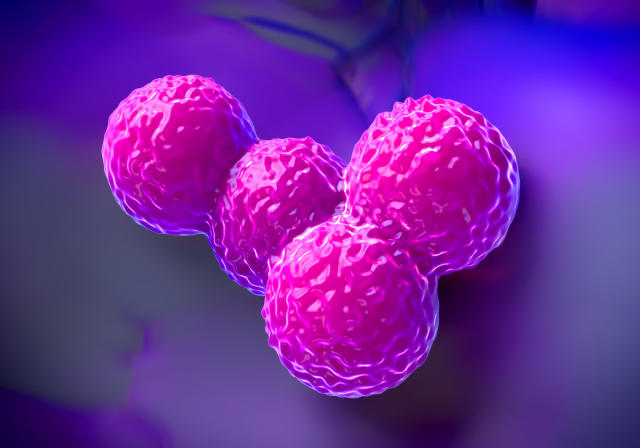Streptomyces – Nature’s Solution to AMR
Posted on November 1, 2018 by Matt Bassett
Antibiotics were one of the most important medical discoveries of the 20th century. Before their discovery, infections of even small cuts had the potential to be fatal. What started with Fleming’s discovery of Penicillin in 1928 led to the development of the over 100 antibiotics we have today, fighting infections the world over.
The world’s most important medical bacteria?

Although many of the more recently developed antibiotics are synthetically produced, they are based on naturally occurring antibiotics, created by the host to protect it from other harmful microorganisms. After the discovery of penicillin, the next big discovery came in the form of a genus of bacteria known as Streptomyces. Since work started on this group of bacteria in 1939, it has grown to become by far the most important group of bacteria in antibiotic production. Research on bacteria from the Streptomyces genus is responsible for over 50 different antibiotics and other medicines in use today. These range from tetracycline, one of the most widely used broad-spectrum antibiotics, through to bleomycin, a heavy hitting antibiotic used to treat cancer, and boromycin, an antiviral drug used for patients with HIV.’
Influencing from the ground up
As well as being hugely important in the medical and pharmaceutical industries, Streptomyces also play a significant environmental role; contributing to the decomposition of organic matter, and fertility of the soil. They also produce geosmin, the metabolite responsible for the “earthy” aroma of soil and a contributor to the distinct “summer rain” smell when rain falls after a long dry period.
Looking Forward
Research into Streptomyces is still of vital importance; there are over 500 species of Streptomyces identified, but scientists have stated that there may be many more to be discovered. As well as the potential for new species, technological advances in genome editing have opened up the potential for exciting new areas of research. New knowledge and research into these key organisms is still of vital importance; the growing global battle against antibiotic resistance in many diseases, such as MRSA, is a much-needed area of study, and the continued research into Streptomyces has the potential to yield the better and stronger antibiotics we need.
-

© Superbug bacteria or Staphylococcus aureus (MRSA) bacteria – Thinkstock - Staphylococcus aureus (MRSA)
Our flagship journal, Microbiology, has launched a Streptomyces collection to highlight the fascinating aspects of Streptomyces biology, and the advances that are providing us with newfound insight and appreciation for these extraordinary bacteria. Guest edited by Dr Marie Elliot, McMaster University, we invite you to submit your research article to the collection on the Microbiology website (please state that you are submitting to the Streptomyces collection in your cover letter).
Further reading and information:
Streptomyces as a Prominent Resource of Future Anti-MRSA Drugs
Recent advances in understanding Streptomyces
The small worlds initiative
